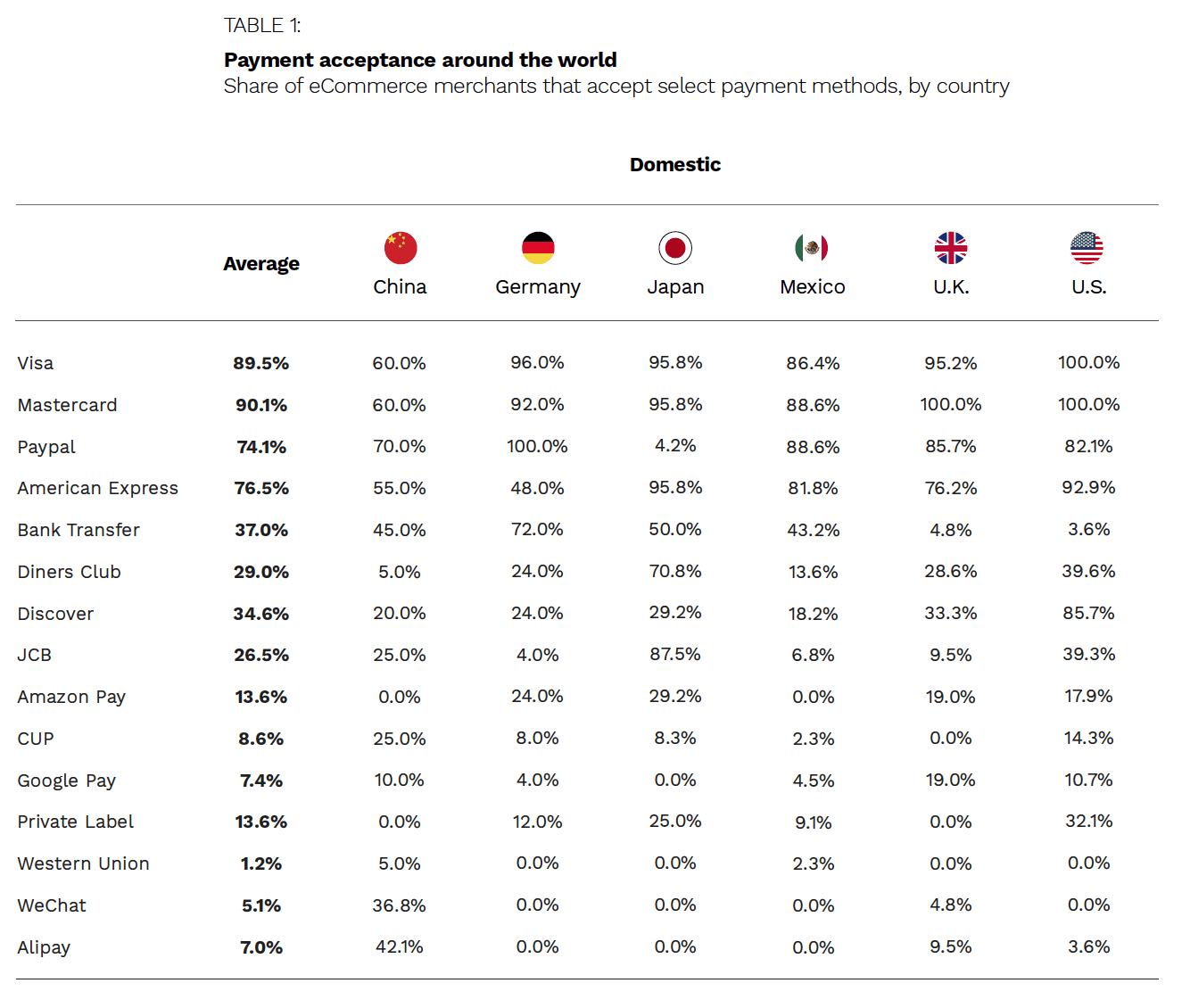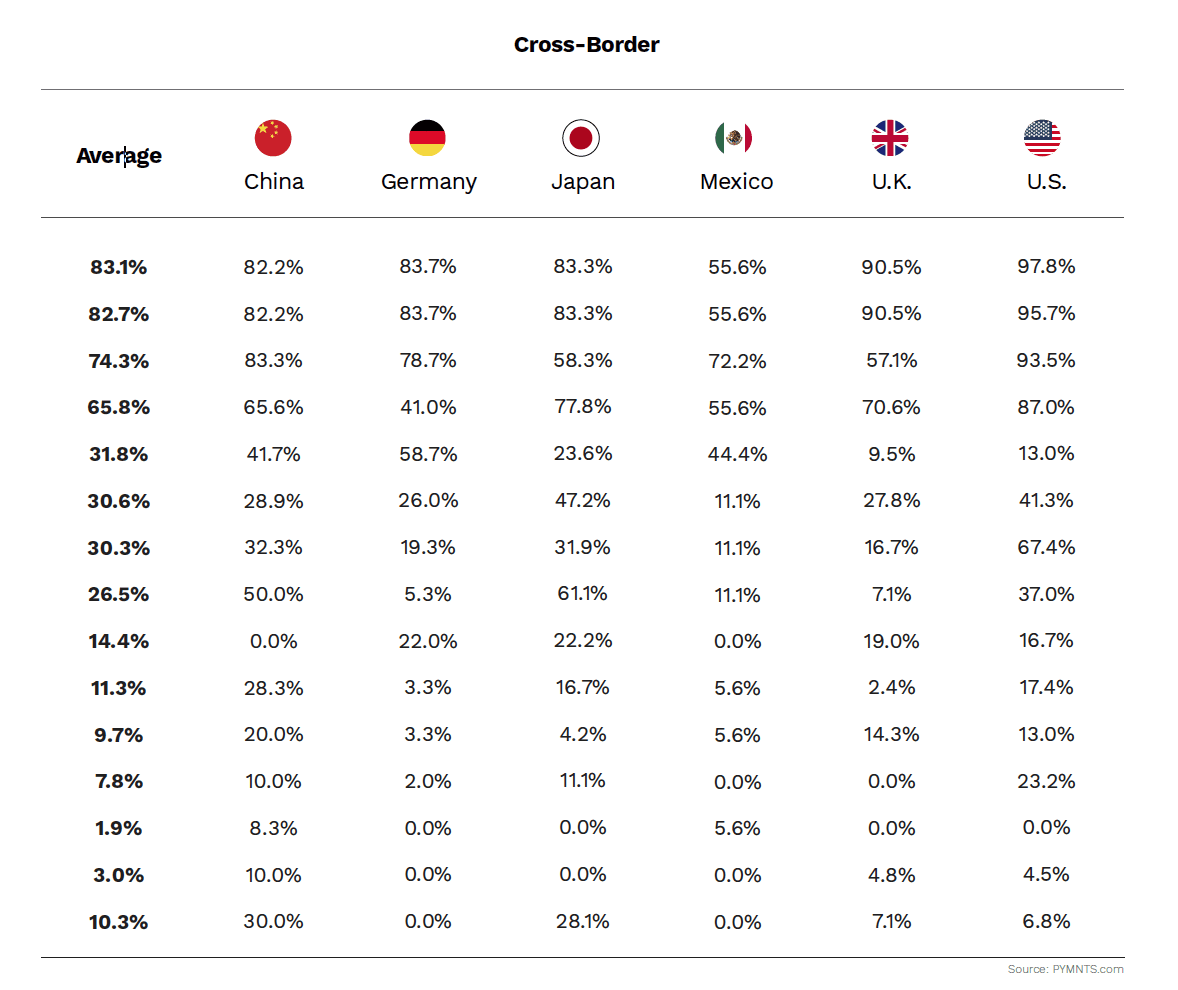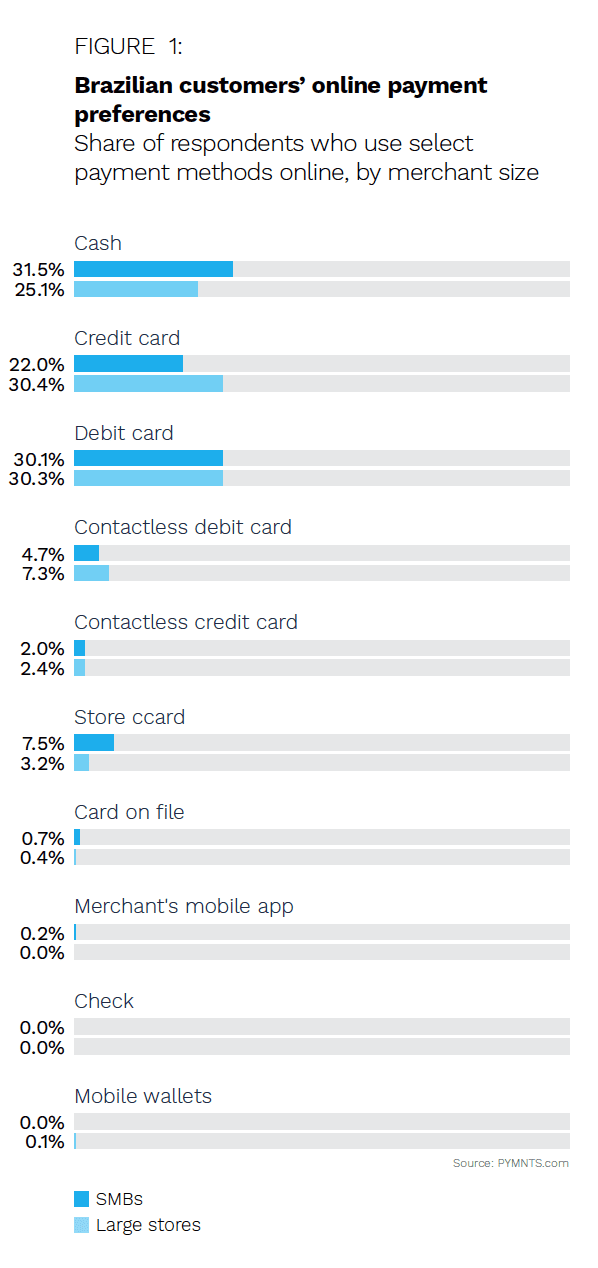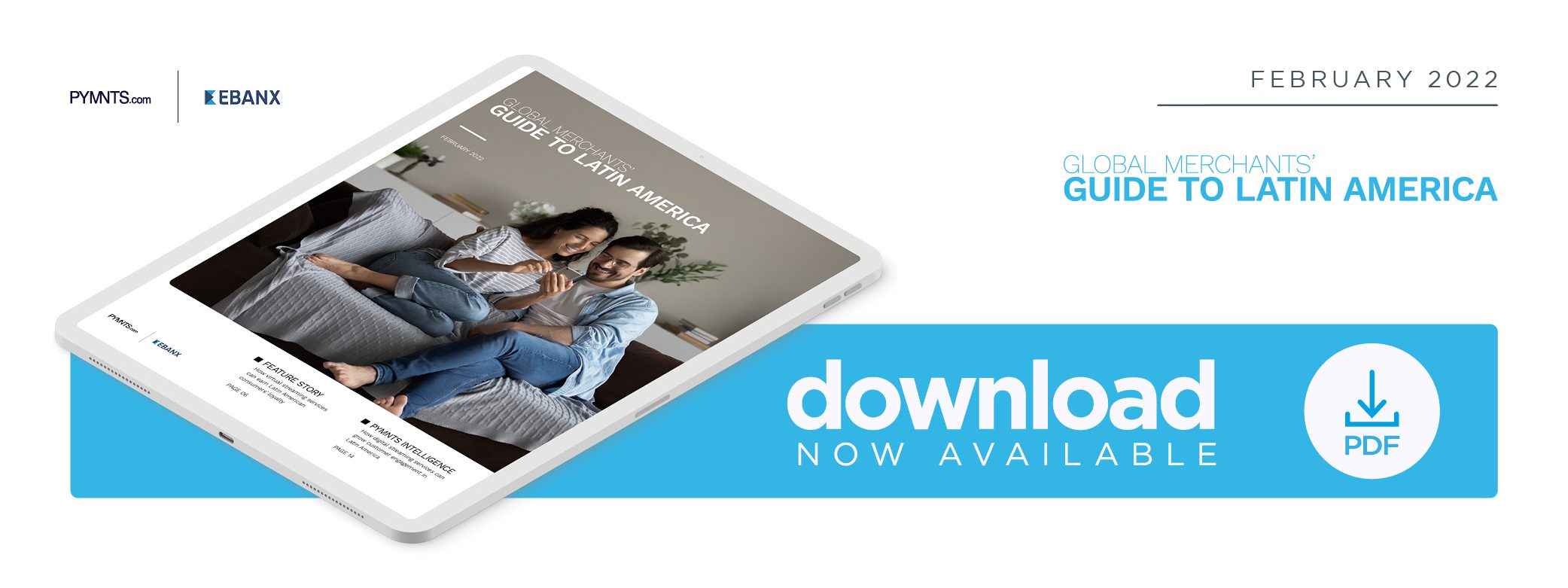PYMNTS Intelligence: Why Seamless Payments Are Key for Digital Streaming Growth in Latin America

Smartphones and the internet have steadily become more ubiquitous in Latin America over the past two years, helping more of the region’s consumers utilize digital channels to shop, pay and consume media. Latin American shoppers who tried online channels for the first time during the pandemic do not appear to be abandoning them now that brick-and-mortar storefronts are reopening — especially for entertainment. Latin America now has the second fastest-growing digital streaming market in the world, expected to reach a value of $7 billion USD by the end of 2021. Video streaming alone was set to surge 21% by the end of 2021, and audio streaming follows close behind, with a projected 20% year-over-year increase from 2020.
Maintaining steady growth can be difficult for digital subscription services — even larger platforms such as Netflix and Disney+, which are taking steps to grow their viewership in Latin America as the region’s eCommerce moves into a period of hypergrowth. These companies face challenges competing against the growing ranks of both local and international rivals while also needing to support LatAm consumers’ unique payment preferences.
This month, PYMNTS analyzes how digital subscription-based services are expanding across Latin America. It also takes a close look at how these entities can provide a seamless payment experience to LatAm consumers and gain their long-term loyalty.
Digital Streaming’s Rise Amid Shifting Payment Preferences
Digital streaming has quickly become one of the dominant ways in which consumers worldwi de watch their favorite videos, TV shows and movies, but as growth in highly saturated markets begins to stagnate, top platforms have begun to hunt for fresh consumer bases. More than half of broadband customers in North America are already Netflix users, for example, and their subscription rates have begun to falter. The streaming giant reportedly lost 430,000 North American subscribers in Q2 2021, gaining only 70,000 new ones in Q3.
de watch their favorite videos, TV shows and movies, but as growth in highly saturated markets begins to stagnate, top platforms have begun to hunt for fresh consumer bases. More than half of broadband customers in North America are already Netflix users, for example, and their subscription rates have begun to falter. The streaming giant reportedly lost 430,000 North American subscribers in Q2 2021, gaining only 70,000 new ones in Q3.
Latin America’s emerging eCommerce environment thus offers a ripe opportunity for streaming platforms and other digital services, but gaining a foothold in the region has proved tricky. Netflix’s reported average monthly revenue per membership in Latin America is approximately half the figure for North American  customers, while Disney+ has hit stumbling blocks in securing the necessary partnerships for its Latin American launch of key content. One friction point that can harm streaming platforms in particular is not fully understanding the LatAm eCommerce and payments market.
customers, while Disney+ has hit stumbling blocks in securing the necessary partnerships for its Latin American launch of key content. One friction point that can harm streaming platforms in particular is not fully understanding the LatAm eCommerce and payments market.
Online shopping has caught on quickly in the region during the pandemic, but payment preferences in Latin America vary widely from country to country. eCommerce adoption is rising, with market penetration expected to reach 61% in Brazil by the end of 2021, but many Latin Americans still prefer — or, in the case of the unbanked, depend on — cash to make their digital purchases. Cash still accounts for 20% to 30% of online payments, according to one study, and potential subscribers in the region may find streaming platforms’ typically digital payment experiences to be inconvenient.
Offering cash payment for subscriptions is one way streaming platforms could gain a competitive edge in Latin America, but they must also be prepared to support the digital payment methods that have become more accepted in the region. Recent PYMNTS data showed that alternative payment services are gaining popularity in Mexico, for example, with 89% of the country’s eCommerce merchants currently accepting PayPal for domestic purchases.
Other PYMNTS data revealed that 69% of Brazilian consumers pay with credit cards when buying online from larger stores, though alternative online payment solutions — such as the Central Bank’s push payment service, Boleto Bancário — also are gaining ubiquity.
These developments shed light on how online payment preferences are taking shape in Latin America and help illustrate which payment solutions streaming platforms should plan to offer to provide regional consumers with truly seamless payment experiences. Working with local payment players can allow international merchants to not only connect with local cash networks, bank transfers and other popular methods, but also to adapt quickly to the digital preferences within each market as they evolve.
Subscription service providers should also note that Latin American eComm erce relies heavily on mobile phone access, and one recent study predicted that smartphones will account for more than 80% of Latin American internet connections by 2025. Mobile phones also are the preferred device for media consumption in the region, with 90% of customers from Argentina, Brazil, Colombia and Mexico using their phones for audio or video streaming. Only 70% use connected TVs for this purpose. Several major streaming players are already offering or contemplating subscription plans for mobile devices tailored to LatAm markets.
erce relies heavily on mobile phone access, and one recent study predicted that smartphones will account for more than 80% of Latin American internet connections by 2025. Mobile phones also are the preferred device for media consumption in the region, with 90% of customers from Argentina, Brazil, Colombia and Mexico using their phones for audio or video streaming. Only 70% use connected TVs for this purpose. Several major streaming players are already offering or contemplating subscription plans for mobile devices tailored to LatAm markets.
Considering the smartphone’s unique role in the payments experience in the region could prove vital for digital streaming platforms and other subscription-based online services as they seek to build customer engagement and loyalty in Latin America.
